When it comes to buying bread from the grocery store, most of us assume that we're getting a product made from the standard ingredients: flour, yeast, water, and a few other additives. However, recent reports have revealed that there's a surprising ingredient found in many types of store-bought bread: human hair.
Understanding the Bread-Making Process
Before we dive into the details of how human hair ends up in bread, it's important to understand the bread-making process as a whole. Bread has been a staple food for thousands of years, and the process of making bread has evolved over time. Today, bread is typically made using a combination of flour, water, yeast, salt, and sometimes sugar or other sweeteners.
The first step in making bread is to mix together the dry ingredients, including the flour, salt, and any other dry ingredients. Then, water is added to the mixture, along with yeast. Yeast is a type of fungus that feeds on the sugars in the dough, producing carbon dioxide gas in the process. This gas causes the dough to rise, giving bread its characteristic texture.
After the dough has risen, it is kneaded to develop the gluten in the flour. This gives the bread its structure and chewiness. The dough is then left to rise again, before being shaped and placed in the oven to bake at a high temperature.
The Role of Additives in Bread Production
In addition to the basic ingredients, many breads also contain additives that help to improve the texture, flavor, and shelf life of the product. These additives can include preservatives, emulsifiers, and dough conditioners, such as L-Cysteine. L-Cysteine is an amino acid that is used to soften the dough and make it easier to handle during the baking process.
While some people may be concerned about the use of additives in food products, it's important to note that these ingredients are generally recognized as safe by regulatory agencies such as the FDA. In fact, many of these additives are derived from natural sources and have been used in food production for centuries.
How Human Hair Ends Up in Your Bread
Now, let's get to the question on everyone's minds: how does human hair end up in bread? The answer lies in the source of L-Cysteine. While L-Cysteine can be derived from a variety of natural sources such as duck feathers and hog hair, one of the most common sources is human hair.
That's right - the same hair that you find on your head can be used to make bread. While this may sound strange (and even stomach-turning) at first, it's not as uncommon as you may think. In fact, many food products contain ingredients that would surprise the average consumer.
It's important to note that not all breads contain L-Cysteine, and those that do may use a synthetic or animal-derived version of the ingredient. However, for those who prefer to avoid consuming products that contain human hair, it's worth checking the ingredient list on bread packaging to see if L-Cysteine is listed.
Overall, while the idea of human hair in bread may be unsettling to some, it's important to remember that food production is a complex process that often involves the use of a variety of ingredients and additives. By understanding the bread-making process and the role of additives in food production, consumers can make informed choices about the products they choose to consume.
The Science Behind L-Cysteine
So, what exactly is L-Cysteine, and why is it used in bread production? L-Cysteine is an amino acid that is essential for the human body. It's used in the body to synthesize proteins and plays a key role in the growth and repair of tissues. In bread production, L-Cysteine is used to break down the gluten in the dough, making it easier to handle and resulting in a softer, more easily digestible final product.
What is L-Cysteine?
L-Cysteine is a non-essential amino acid, which means that the body is able to synthesize it on its own. However, it can also be found in a variety of foods, including chicken, turkey, pork, and broccoli.
The Controversial Source of L-Cysteine: Human Hair
While L-Cysteine can be derived from a variety of natural sources, one of the most commonly used sources is human hair. This may sound strange, but it's actually more efficient and cost-effective than using other sources such as duck feathers or hog hair.
The use of human hair as a source of L-Cysteine has sparked controversy in some circles. Some people are uncomfortable with the idea of using a human byproduct in their food, while others are concerned about the hygiene and safety of using hair that may have been sourced from unsanitary conditions.
However, it's worth noting that the use of L-Cysteine derived from human hair is regulated by food safety authorities and is considered safe for consumption. In fact, the World Health Organization has stated that the use of L-Cysteine in food production is acceptable as long as it meets certain safety standards.
It's also worth noting that not all breads contain L-Cysteine, and even those that do may use other sources besides human hair. However, it's still a commonly used additive and one that many consumers are not aware of.
The Benefits of L-Cysteine in Bread Production
Aside from making bread easier to handle and more digestible, L-Cysteine has other benefits in bread production as well. For example, it can help to reduce the amount of time needed for the dough to rise, which can be especially helpful for commercial bread production.
L-Cysteine can also improve the texture and appearance of bread. It can help to create a softer, fluffier texture and can give bread a more uniform shape and color.
Other Uses of L-Cysteine
While L-Cysteine is commonly used in bread production, it has other uses as well. For example, it's used in some hair care products to help improve the strength and texture of hair.
L-Cysteine is also used in some medical applications. It's been studied for its potential to help treat conditions such as chronic obstructive pulmonary disease (COPD) and acute respiratory distress syndrome (ARDS).
Overall, L-Cysteine is a versatile and important amino acid that has a variety of uses in different industries. While its use in bread production may be controversial, it's important to remember that it's considered safe and regulated by food safety authorities.
The Health Implications of Consuming Human Hair in Bread
Now that we know how human hair can end up in our bread, it's natural to wonder about the health implications of consuming this ingredient. Is it safe to eat bread that contains L-Cysteine derived from human hair?
Is L-Cysteine Safe to Consume?
According to the FDA, L-Cysteine is generally regarded as safe for consumption. This amino acid is commonly used as a dough conditioner in bread-making, as it helps to improve the texture and shelf-life of bread. L-Cysteine can be derived from a variety of sources, including human hair, duck feathers, and hog hair.
While there have been concerns about the use of human hair as a source of L-Cysteine due to the potential for contamination, the FDA has stated that the risk of contamination is low and that there is no evidence to suggest that it poses a health risk to consumers. In fact, L-Cysteine is found naturally in many foods, including eggs, dairy products, and meat.
Potential Allergic Reactions to L-Cysteine
While L-Cysteine is generally considered safe, it's worth noting that some people may have allergic reactions to this additive. Symptoms of an allergic reaction can include hives, itching, and difficulty breathing. If you experience any of these symptoms after consuming bread or other products that contain L-Cysteine, it's important to seek medical attention immediately.
It's also important to note that L-Cysteine is not the only potentially allergenic ingredient in bread. Wheat, soy, and dairy are common allergens that can be found in bread and other baked goods. If you have a known allergy to any of these ingredients, it's important to read food labels carefully and avoid products that contain them.
The Ethics of Using Human Hair in Food Production
While the use of human hair as a source of L-Cysteine is generally considered safe and legal, some people have raised ethical concerns about this practice. Some argue that using human hair in food production is disrespectful and degrading to human dignity.
However, it's worth noting that the use of animal by-products in food production is a common practice that has been used for centuries. Many food additives, such as gelatin, are derived from animal bones and connective tissue. In some cases, using animal by-products can be more sustainable and environmentally friendly than using synthetic alternatives.
Ultimately, the decision to use human hair as a source of L-Cysteine is up to individual food manufacturers and consumers. While some may find the practice objectionable, others may see it as a practical and sustainable solution to a common problem in bread-making.
Regulatory Policies on the Use of Human Hair in Food
So, what do regulatory agencies have to say about the use of human hair in food products? Let's take a closer look.
FDA's Stance on L-Cysteine
The FDA has approved the use of L-Cysteine as an additive in food products, including bread. However, the agency requires that any additives used in food be safe for consumption and meet certain standards for purity and quality. In the case of L-Cysteine, the FDA requires that the additive be at least 98% pure and free from contaminants such as heavy metals.
International Regulations on L-Cysteine
It's worth noting that regulations regarding the use of L-Cysteine vary from country to country. In Europe, for example, L-Cysteine derived from human hair is not approved for use in food products. However, this is not the case in the United States.
Alternatives to Store-Bought Bread
If you're concerned about the use of human hair in store-bought bread, there are alternatives that you can explore. Here are a few options:
Buying Bread from Local Bakeries
One option is to buy bread from local bakeries. Many bakeries use high-quality, natural ingredients in their bread and may not use additives such as L-Cysteine. Plus, buying from local businesses supports your community and helps to reduce your carbon footprint.
Making Your Own Bread at Home
Another option is to make your own bread at home. This way, you can control exactly what goes into your bread and be certain that it doesn't contain any unwanted additives. Plus, making bread can be a fun and rewarding activity that the whole family can enjoy!
Conclusion
While the idea of human hair in store-bought bread may be unsettling, it's important to understand the science behind bread-making and the role that additives such as L-Cysteine play in the process. While there may be some concerns about the use of human hair as a source of this additive, regulatory agencies have deemed it safe for consumption. If you're concerned about the use of L-Cysteine in your food, there are alternatives such as buying from local bakeries or making your own bread at home.
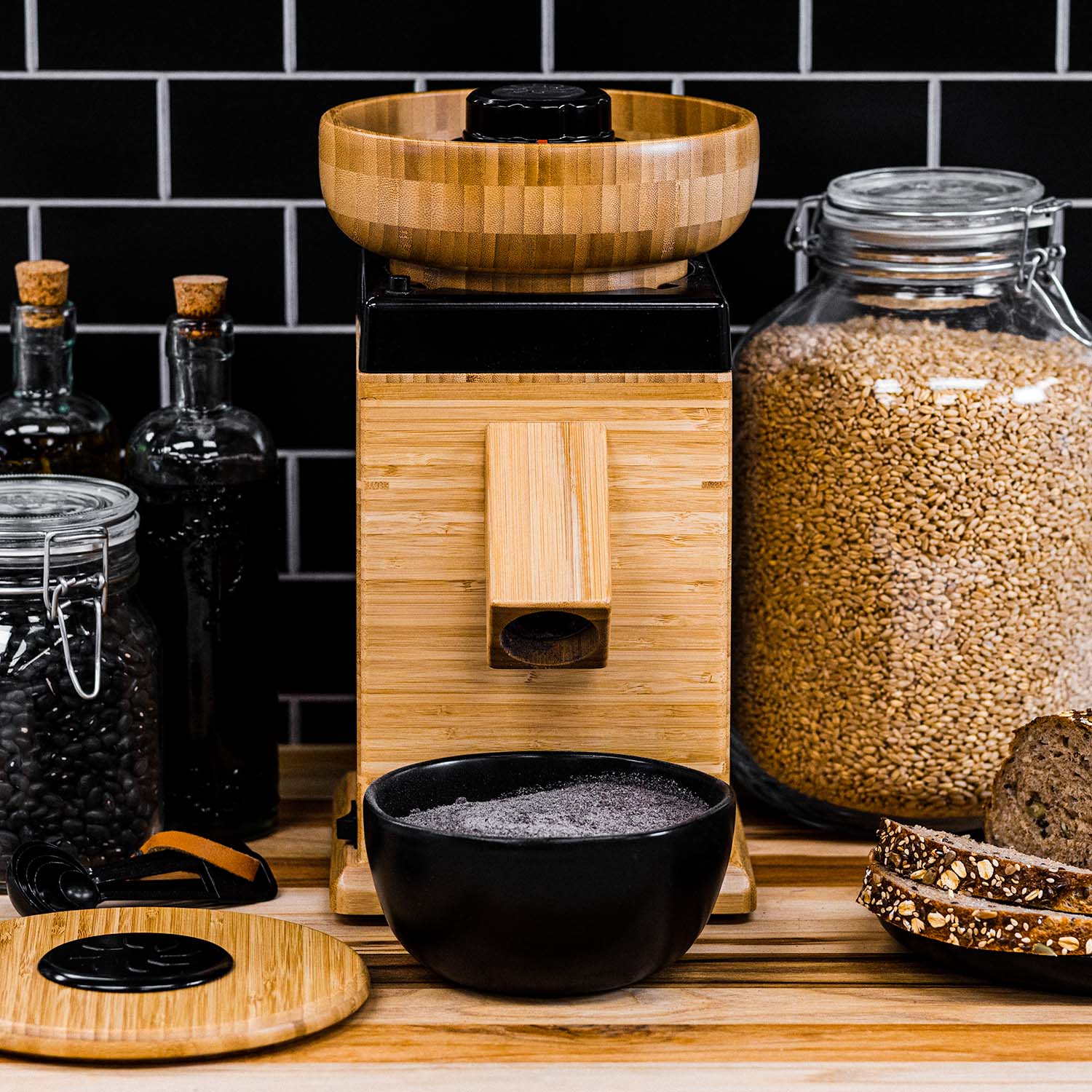
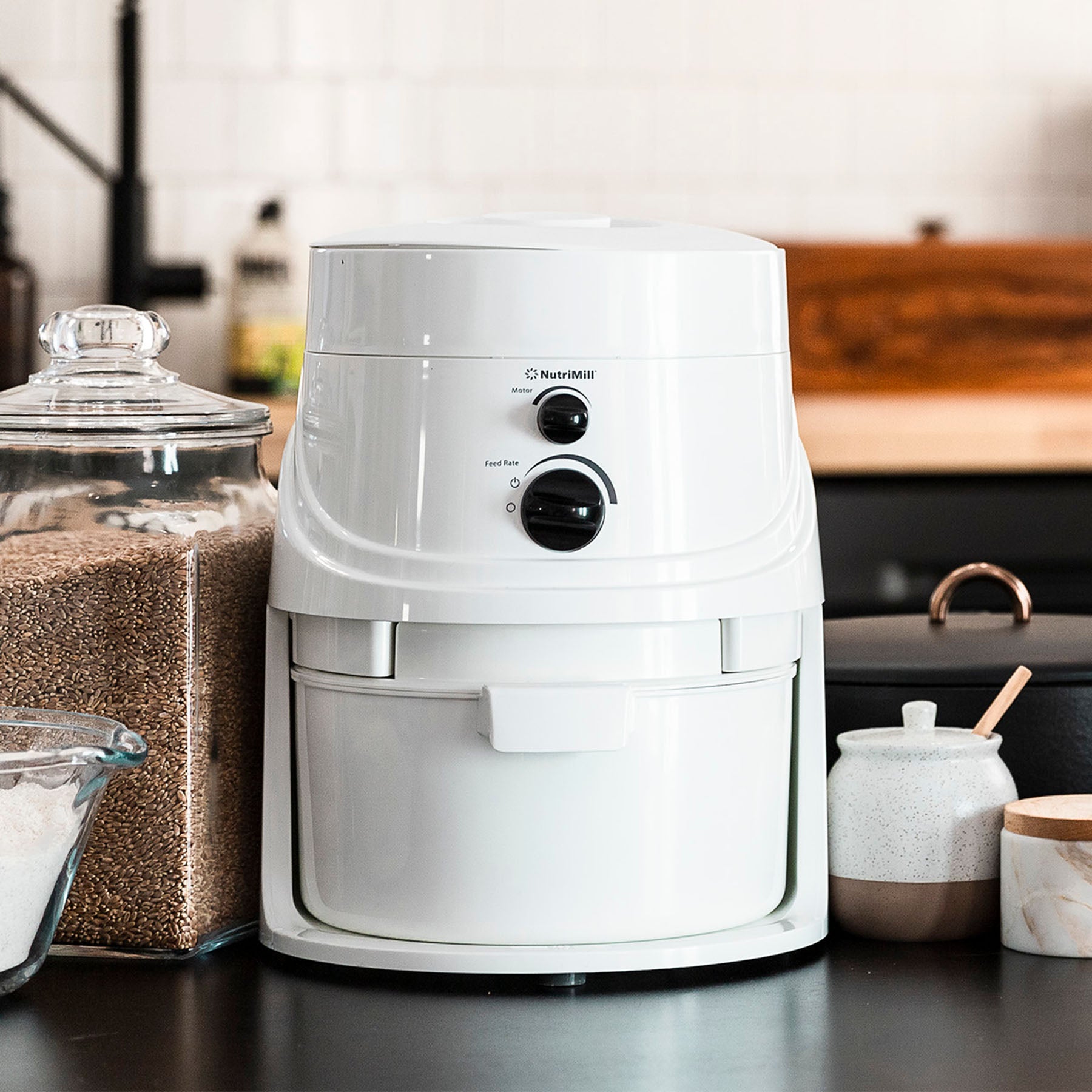
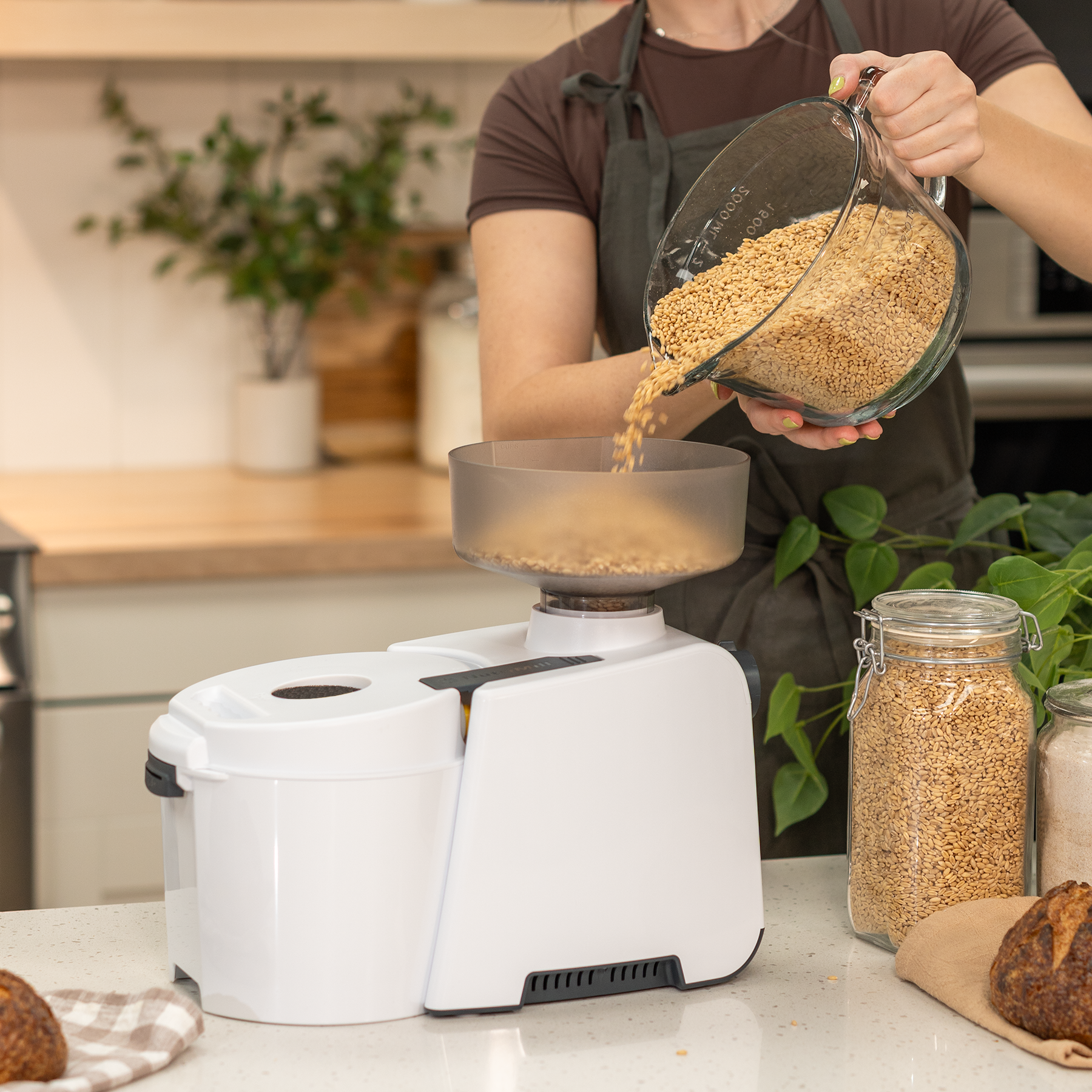
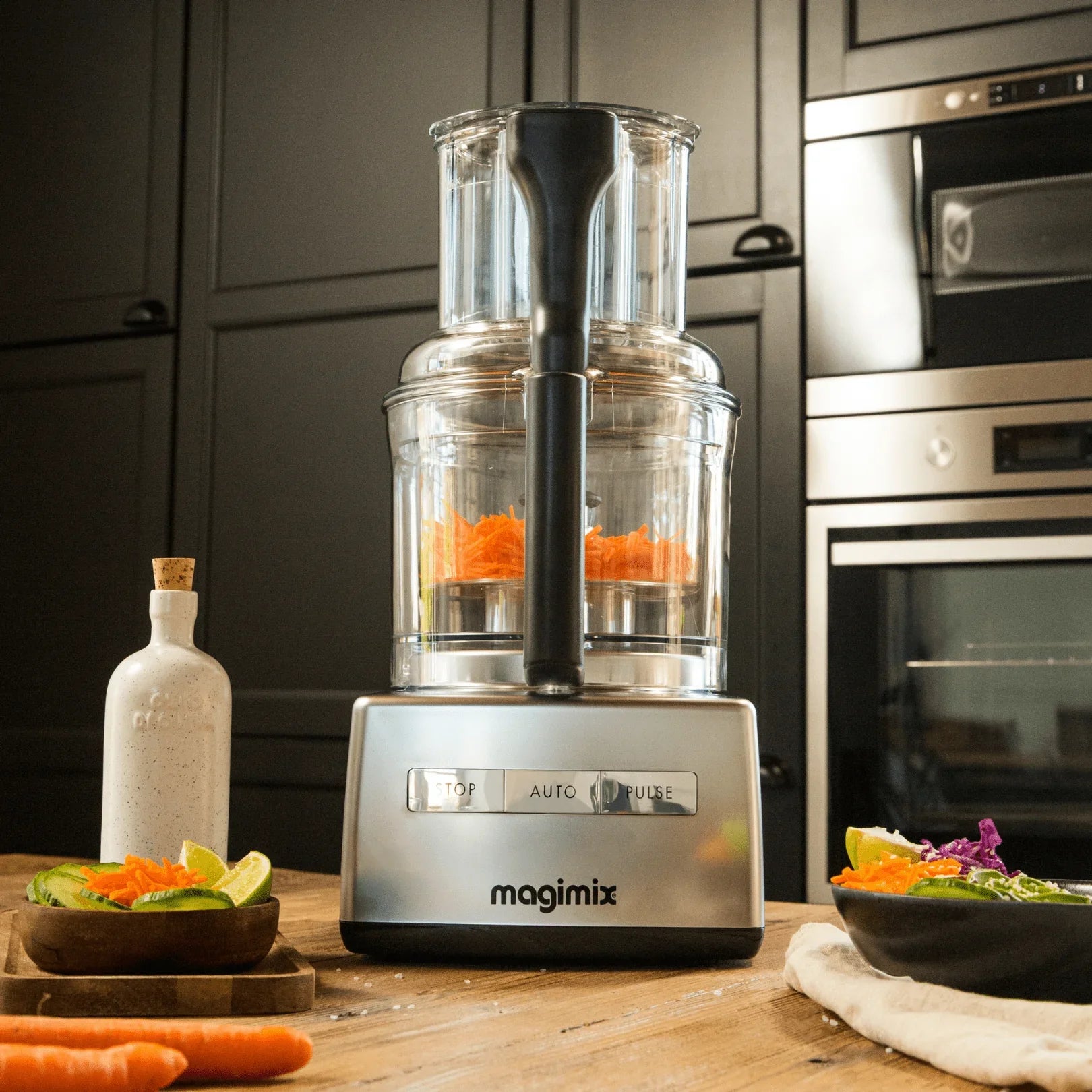

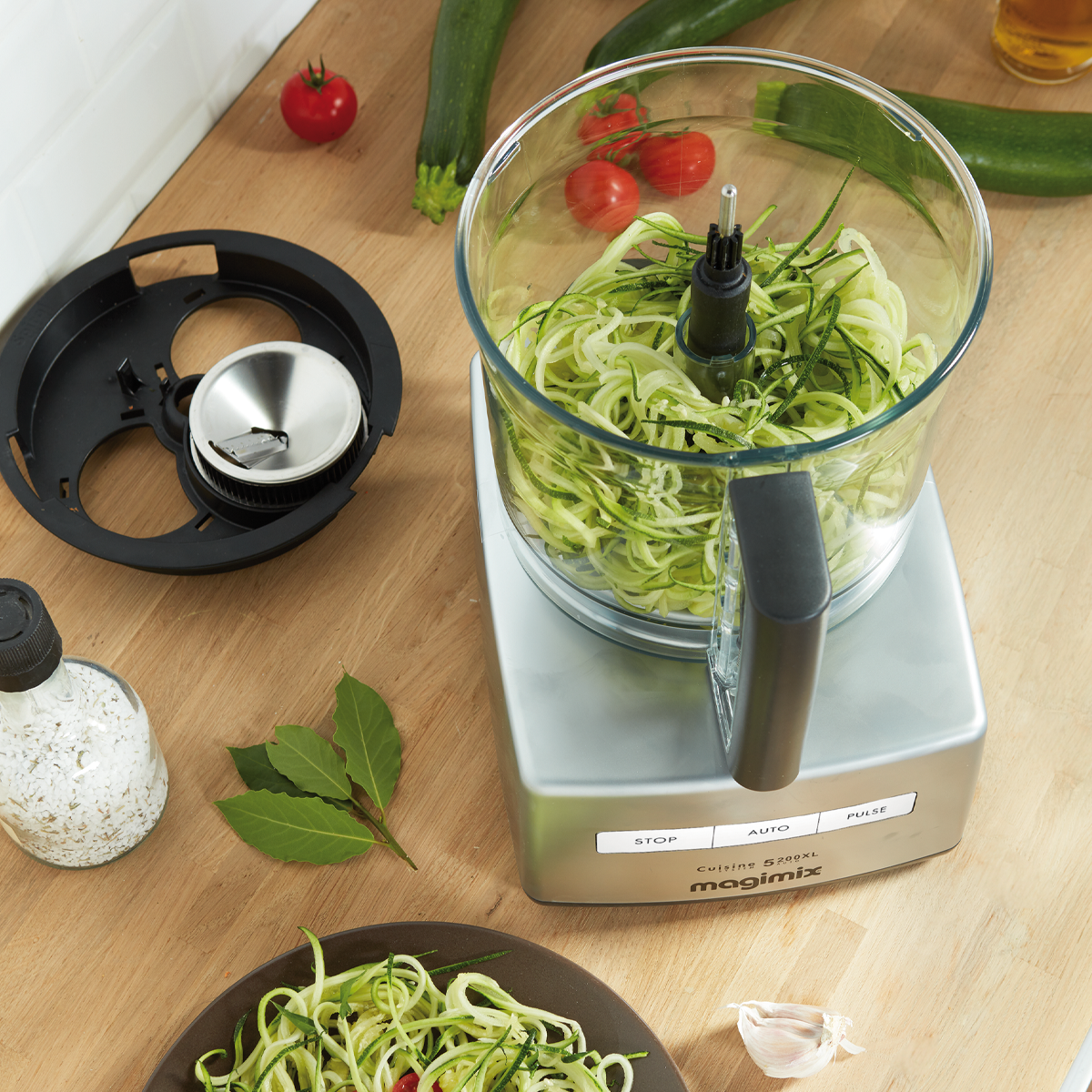

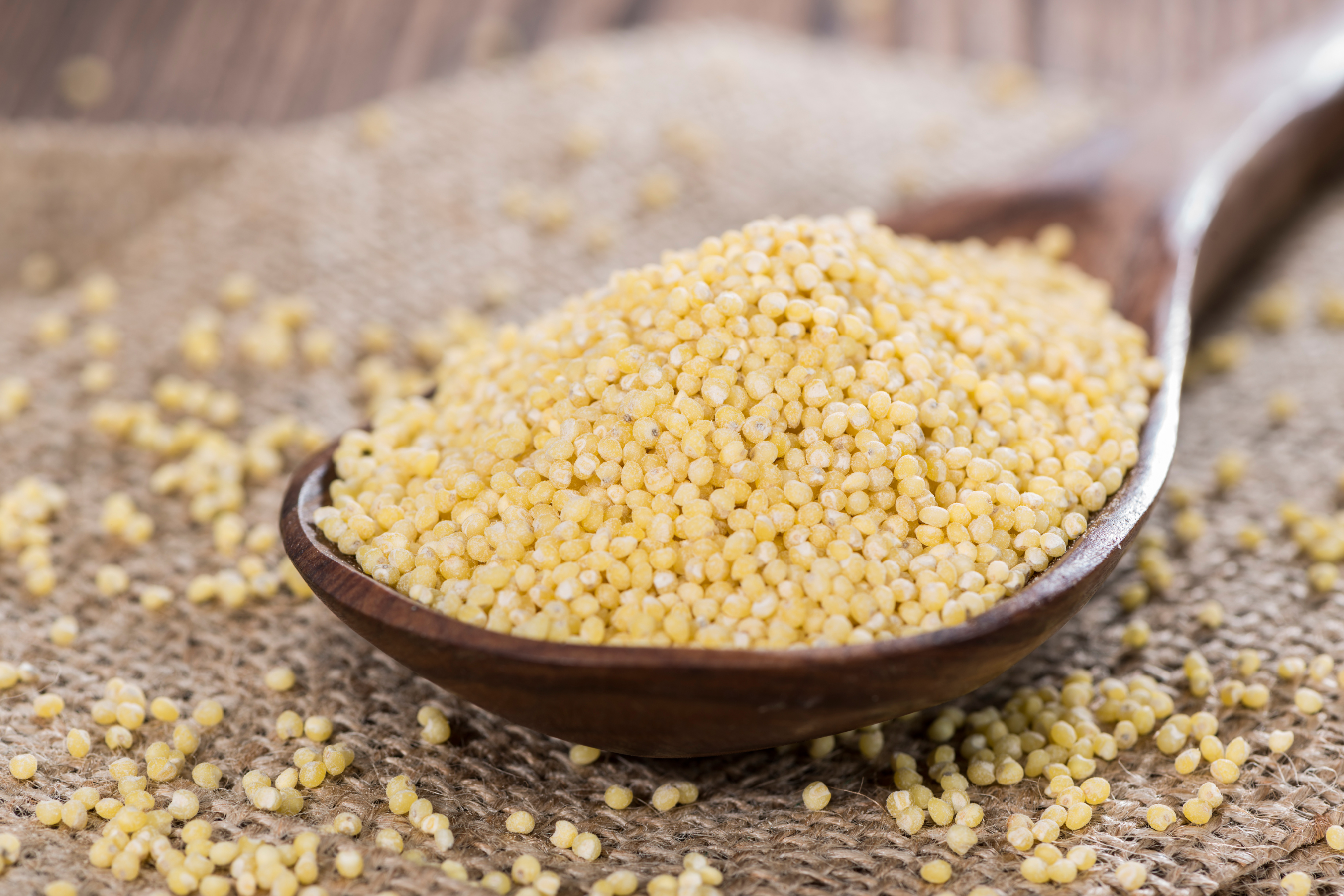
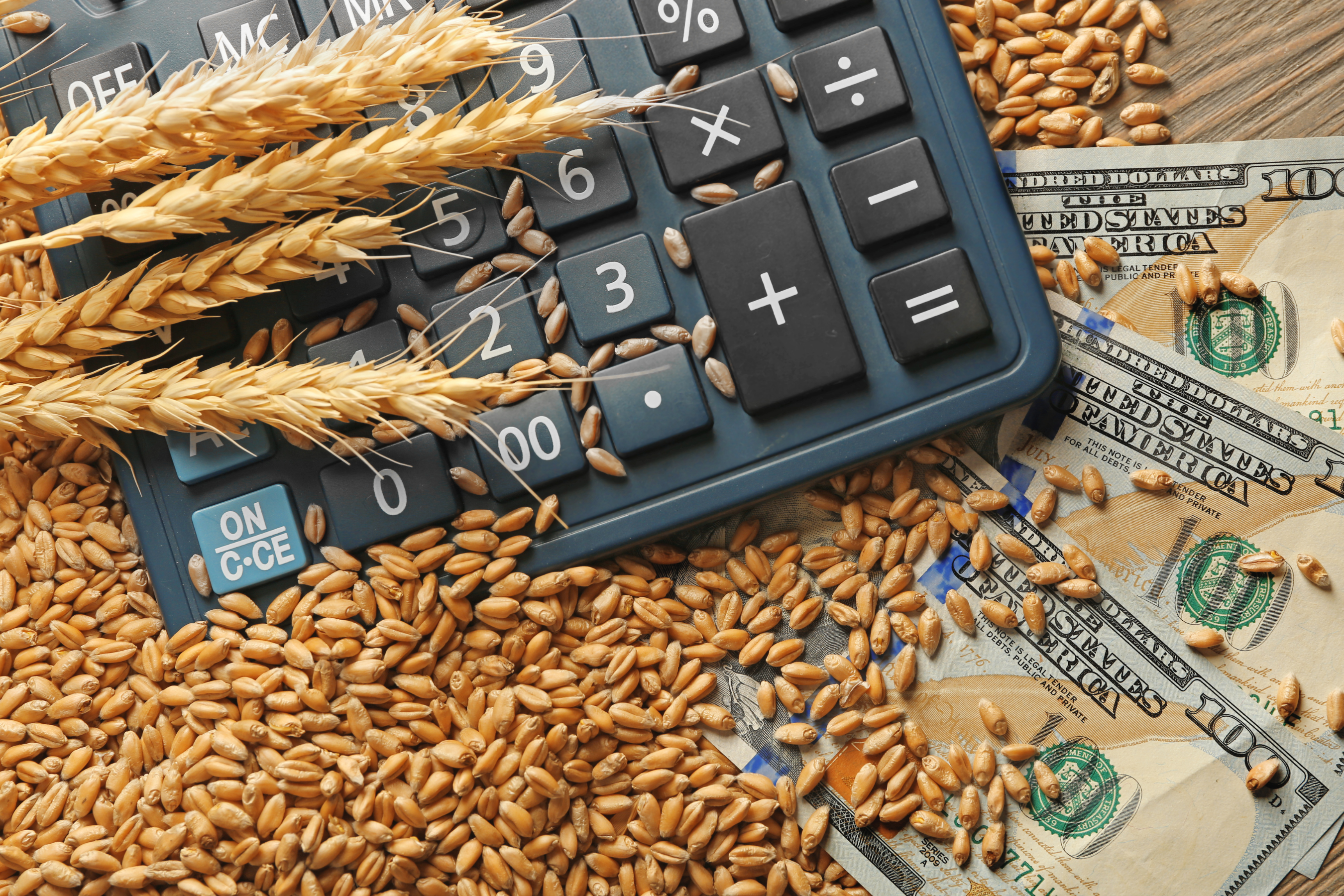
Leave a comment
All comments are moderated before being published.
This site is protected by hCaptcha and the hCaptcha Privacy Policy and Terms of Service apply.